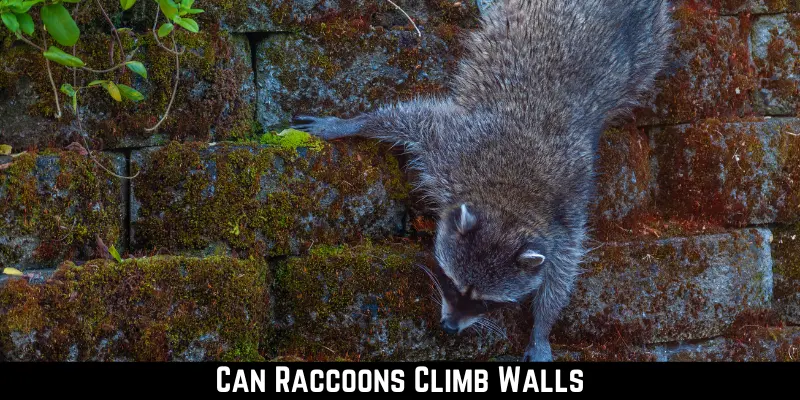Raccoons are nocturnal mammals that belong to a deceiving and unpredictable family. Due to their panda-like appearance, people sometimes overlook that these animals can damage property too. Might be you are curious to know, can raccoons climb walls to get inside the house?
Raccoons can climb walls. Raccoons are quick climbers with powerful claws and will quickly climb walls to enter the house. Raccoons use their incredible climbing abilities to stay alive and thrive in the wild and populated areas.
Raccoons are opportunistic predators who will enter your homes at any time. Read the complete article below to learn more about raccoons’ climbing habits.
Can A Raccoon Live In The Wall?
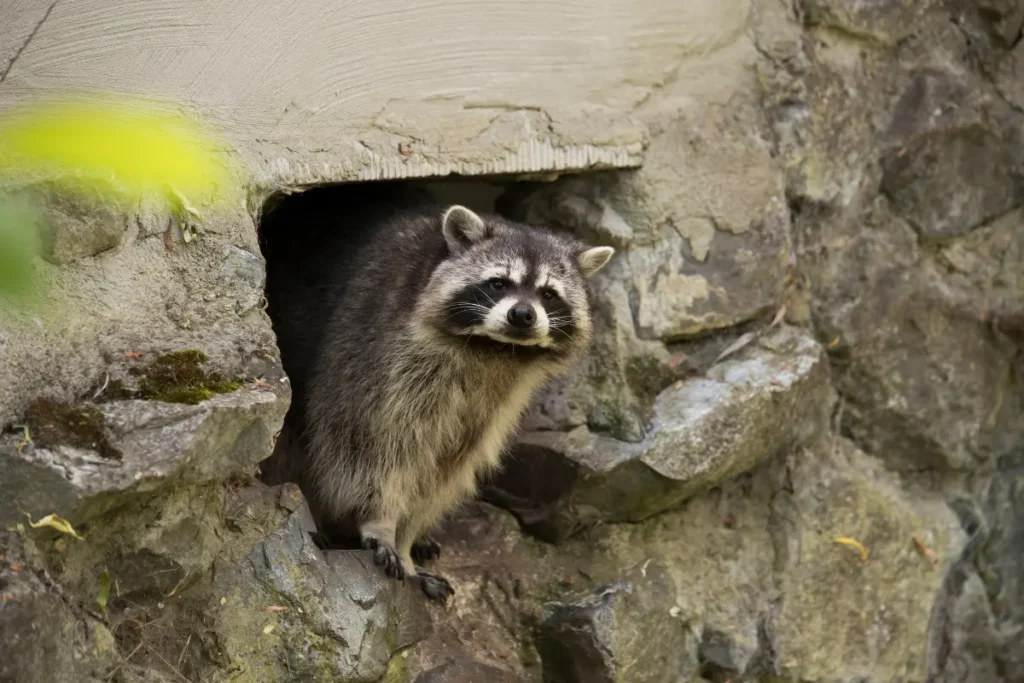
Yes, raccoons live in walls, and raccoon infestations can result in expensive property damage. This is especially true if they have made a home in a wall where the vital electrical wire is found.
Due to the animal’s curiosity, raccoons in walls dramatically increase the risk of an electrical fire.
Raccoons are adept at locating house openings, such as gaps, cracks, and holes in siding, screens, roofs, and building exteriors. They frequently create dens in isolated spaces like wall voids once they have gained access to the building.
Raccoons may be heard in the home above the ceiling tiles, or they may enter through an external entry hole in the attic or wall gaps or by climbing walls.
A baby raccoon may occasionally slip through a hole in an attic and become imprisoned there. If people live in a modern home, there is a strong probability that the wall gaps are too small for raccoons to inhabit.
Can Raccoons Climb Up Brick Walls?
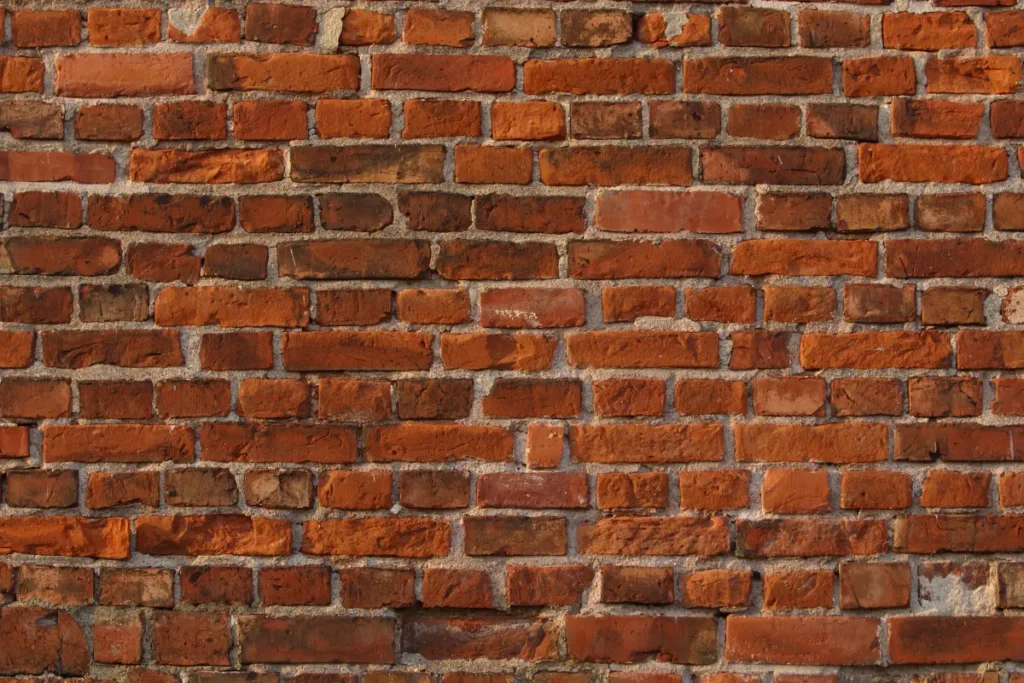
Surprisingly, yes, raccoons can climb up brick walls and other objects like sidings, trees, and downspouts, but they cannot scale smooth surfaces like Glass or metal.
Raccoons use their incredible climbing abilities to survive and prosper in the wild and populated areas. In the wild, raccoons frequently scale trees and rest in their hollows. Raccoons may use the holes in tree trunks.
This behavior is simple to imitate in the chimney, where raccoons frequently keep their nests. Raccoons also manipulate objects with the help of their remarkably dexterous paws, which are crucial feature that helps them thrive in urban areas.
Most raccoons will enter the attic to find a warm and secure location to remain during the winter months.
Can Raccoons Climb Down Walls?
Yes, Raccoons climb down walls . They can climb very well. They enjoy finding a perch high up in the wall and spending the day in natural settings.
Most of the time, a raccoon in a wall is not stuck unless it is hurt. Once it becomes dark, it’ll probably climb down the wall.
Raccoons occasionally sleep on the wall in cities and suburbs instead of on trees. When the street is packed with traffic and pedestrians during the day, they won’t come down, but they hardly ever get stuck.
Monitor the raccoon overnight if you are still worried about it being “trapped” up in a high place.
Can Raccoons Climb Vertical Walls?
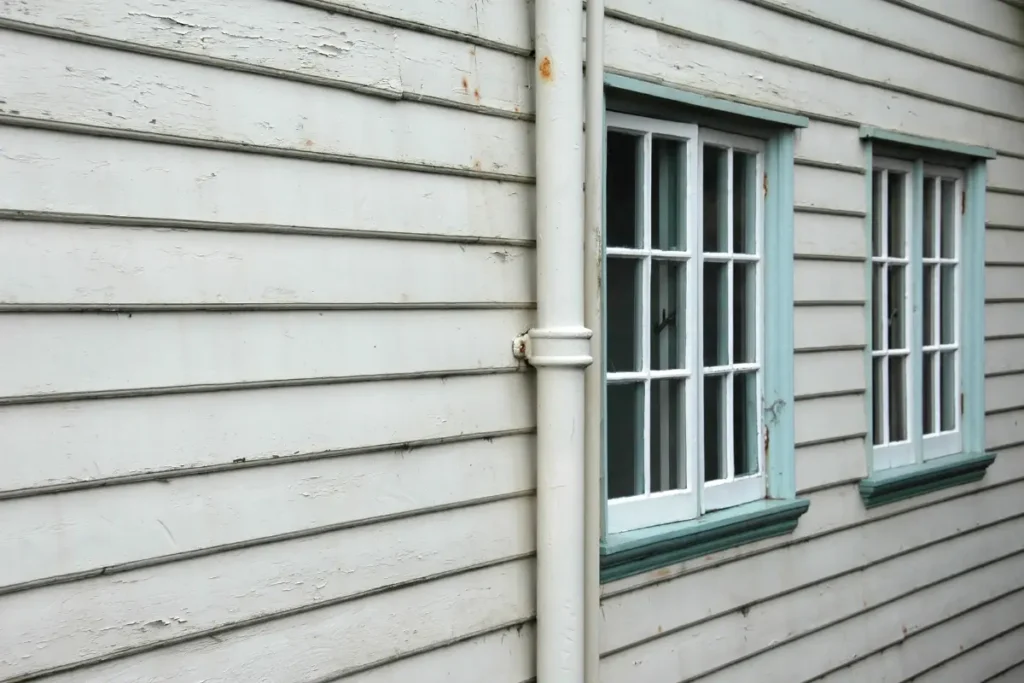
Yes, Raccoon can also climb verticals . Raccoons’ aptitude is typically underestimated. Glass and untethered sheet metal are the only surfaces that raccoons cannot climb; otherwise, they have no trouble scaling vertical walls made of wood, stone, brick, Masonite siding, or gutter downspouts.
Raccoons frequently tear holes in composition roofs and mortar chimney caps in poor condition to accessing attics through the top, gable, and soffit vents and roof intersections.
There is no stopping a raccoon once they have made up its mind to enter. Examples can be found in the section with pictures of raccoons.
Letting raccoons into the attic or the area under the house can be expensive. Raccoon infestations that are allowed to persist may cost more to remove and avoid in the long run.
Raccoons can cause roof damage simply by snooping around, tearing off shingle tabs, and pulling up on the roof and chimney flashing, which results in a leaky roof.
Can Raccoons Climb House Walls?
Yes without any doubt raccoons s climb house walls as well. Raccoons are skilled climbers who can get just about anywhere they want to go, even if there is only one tree close to your roof. They can climb up the corner of your house or even your downspout, but it’s more likely that they’ll choose the most straightforward path, which might be a tree.
[10] Ways To Stop Raccoons From Climbing Walls
These animals aren’t only messing up your house; it’s also possible that they are trying to break in and build a den in your attic. Use the following techniques to prevent these pests without endangering or killing them:
1- Put up Pest Spikes to Keep People from Climbing
Raccoons ascend downspouts by clinging to them and climbing up. Install insect spikes in vertical stripes on three downspouts to stop raccoons from climbing.
2- Baffles
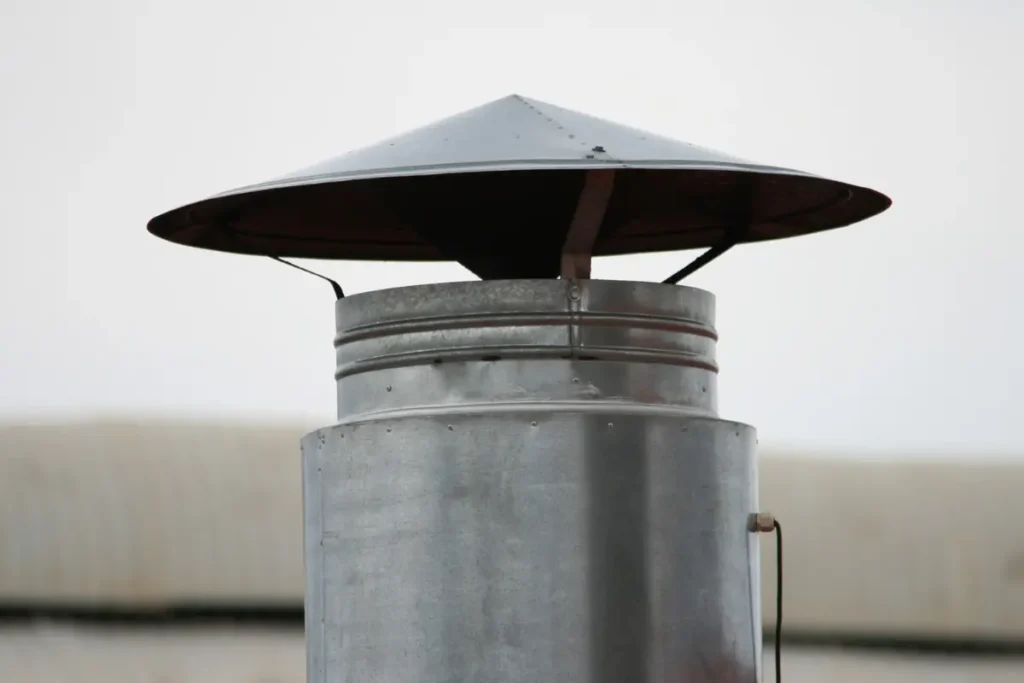
Baffles are disc-shaped pieces of metal or plastic that surround your downspout like an upside-down saucer. Raccoons are physically prevented from climbing by them.
3- Use of Grease

To prevent raccoons from scaling the gutter, oil a 24-inch piece of your downspout with automotive grease. Raccoons will slide down a stretch of greased downspouts because they can’t use their claws to gain any traction on the downspouts, which they must hug to ascend.
4- Examine the attic
Suppose your downspout shows signs of frequent raccoon use; likely, raccoons have already discovered a way into your attic. Call animal control for a secure removal in this situation. There is an excellent probability that raccoons who have settled in your attic have already had a litter of young raccoons.
5- Traps
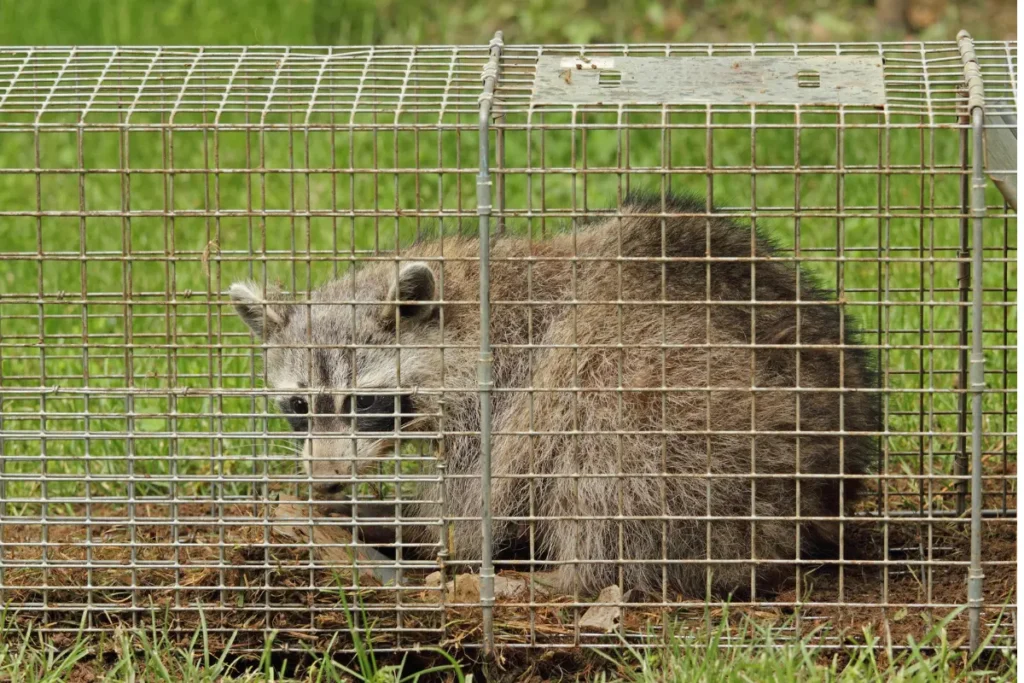
A humane cage trap that won’t hurt the raccoon can be used to capture adult raccoons humanely. Transport and release the raccoon into a natural preserve or public woodland once it has been arrested. If you are confident the raccoon does not have a litter of babies in your attic, do this.
6- Trim the trees
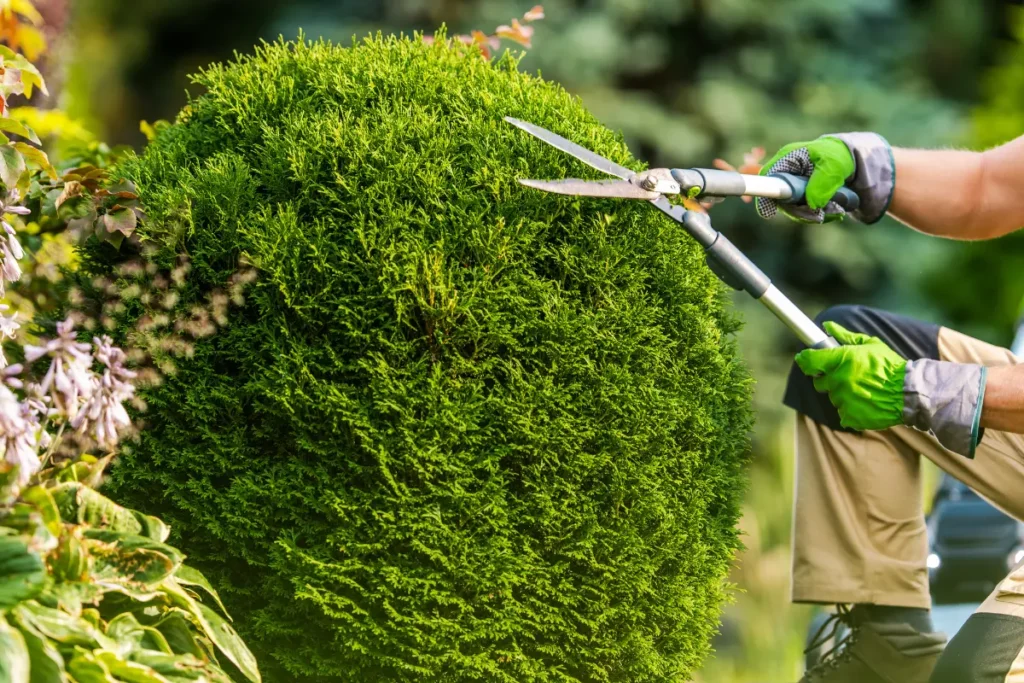
Trim the trees around your house to prevent raccoons from using them as a direct route to your roof.
7- Keeps plants away that act as a leader for raccoons
To prevent raccoons from using them as a ladder, keep vines and other plants growing up the exterior of your home short.
8- Keep food away
Remove any nearby food sources that might encourage raccoons to consider your property an excellent place to settle down.
9- Use metal sheets
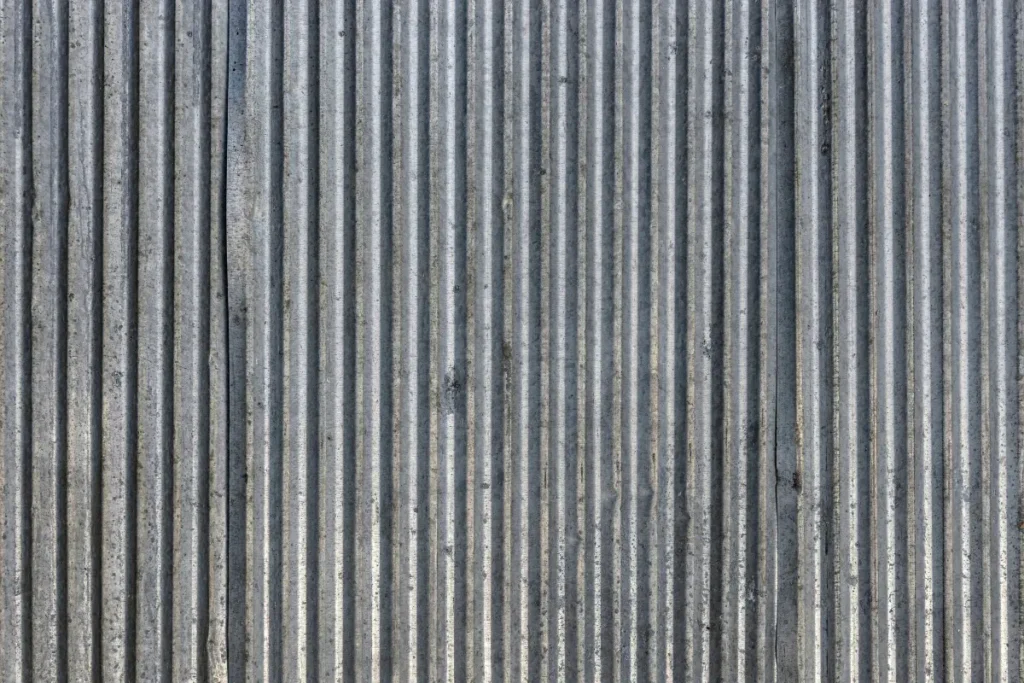
To make it difficult for raccoons to climb up your trees, wrap metal sheets around the base and the area around your roof.
10- Garbage cans should be kept in the garage.
Garbage cans should be kept in the garage, and pet food containers should be kept inside the house.
Conclusion
Raccoons are nocturnal creatures that are members of a tricky and erratic family. Raccoons can climb walls and other objects like sidings, trees, and downspouts.
Still, they cannot scale smooth surfaces like glass or metal because of their panda-like appearance, which causes some people to ignore the reality that these animals are disease carriers.
Raccoons thrive in wild and crowded areas thanks to their extraordinary climbing skills. Raccoons commonly climb trees in the wild and sleep in their hollows. Raccoons may use the holes in tree trunks. There is a good chance that the openings in a modern home are too small for raccoons to fit through.
References
Morton FB. Do wild raccoons (Procyon lotor) use tools? Anim Cogn. 2021 May;24(3):433-441.
